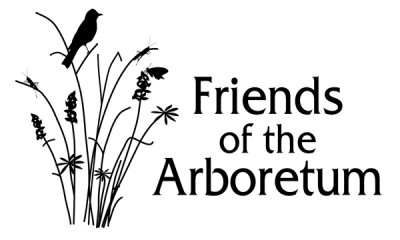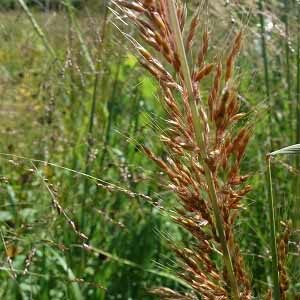SCIENTIFIC NAME: Sorghastrum nutans – The genus Sorghastrum is derived from the word sorghum and astrum means “an imitation of” (sorghum). Nutans means nodding. There are three species of Sorghastrum: S. nutans, S. elliotti, and S. secundum.
FLOWER: The inflorescence is a narrow plume of greatly branching yellow flower clusters. Each spikelet is fringed with white hairs giving a silver and gold appearance. The whole plume is in the range of 5-12 inches long.
BLOOMING PERIOD: August, September, October.
SIZE: Three to seven feet.
BEHAVIOR: The plant spreads by seed and rhizomes in favorable conditions. The root reaches 6 feet deep.
SITE REQUIREMENTS: It obtains best growth in full sun and moist to mesic moisture conditions. It thrives in a variety of soils from rich loam to poor soil, acid to alkaline conditions, from sandy to clay.
NATURAL RANGE: It is found in the central and eastern United States and lower Canada, especially in the Great Plains and in tallgrass prairies.
SPECIAL FEATURES: It’s a good forage plant. It attracts butterflies and other pollinators. Due to its deep roots it’s a good soil stabilizer.
SUGGESTED CARE: Minimal care. Responds well to burning.
COMPANION PLANTS: Big and Little blue stem, switchgrass.

